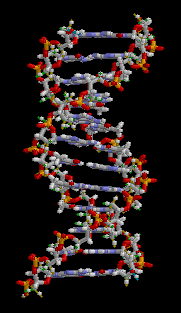
Paediatric HIV infection in the ‘omics era: defining transcriptional signatures of viral control and vaccine responses
| Author List |
|---|
| Nicola Cotugno |
| Lesley De Armas |
| Suresh Pallikkuth |
| et al |
Abstract
Modern technologies and their increased accessibility have shifted ‘benchtop‘ medical research to the larger dimension of ‘omics. The huge amount of data derived from gene expression and sequencing experiments has propelled physicians, basic scientists and bioinformaticians towards a common goal to transform ‘big data‘ into predictive constructs that are readily available and will offer clinical utility. Although most of the studies available in the literature have been performed on healthy subjects and in peripheral blood mononuclear cells (PBMC), which are a heterogenous and extremely variable pool of cells, scientists are now trying to address mechanistic questions in purified cell subsets in pathological conditions. In the field of HIV, few attempts have been made to comprehensively evaluate gene-expression profiles of infected patients with different disease status. With the view of discovering a path towards remission or viral eradication, perinatally HIV-infected children represent a unique model. In fact the well-defined time of infection and the resulting opportunity to start early treatment, thereby generating a smaller size of viral reservoir and a more intact immune system, allow for investigation of therapeutic strategies to defeat the virus. In this scenario, ‘transcriptomic‘ or gene expression technologies and supporting bioinformatics applications need to be strategically integrated to provide novel information about immune correlates of virus control following treatment interruption. Here we review modern techniques for gene expression analysis and discuss the best transcriptomic strategies applicable to the field of functional cure in paediatric HIV infection.
Published
Article Category
HIV cure research
Article Type
Reviews
Posted Date
30-06-2015
| File Name |
|---|
| 1435701855JVE1-3 cotugno.pdf |